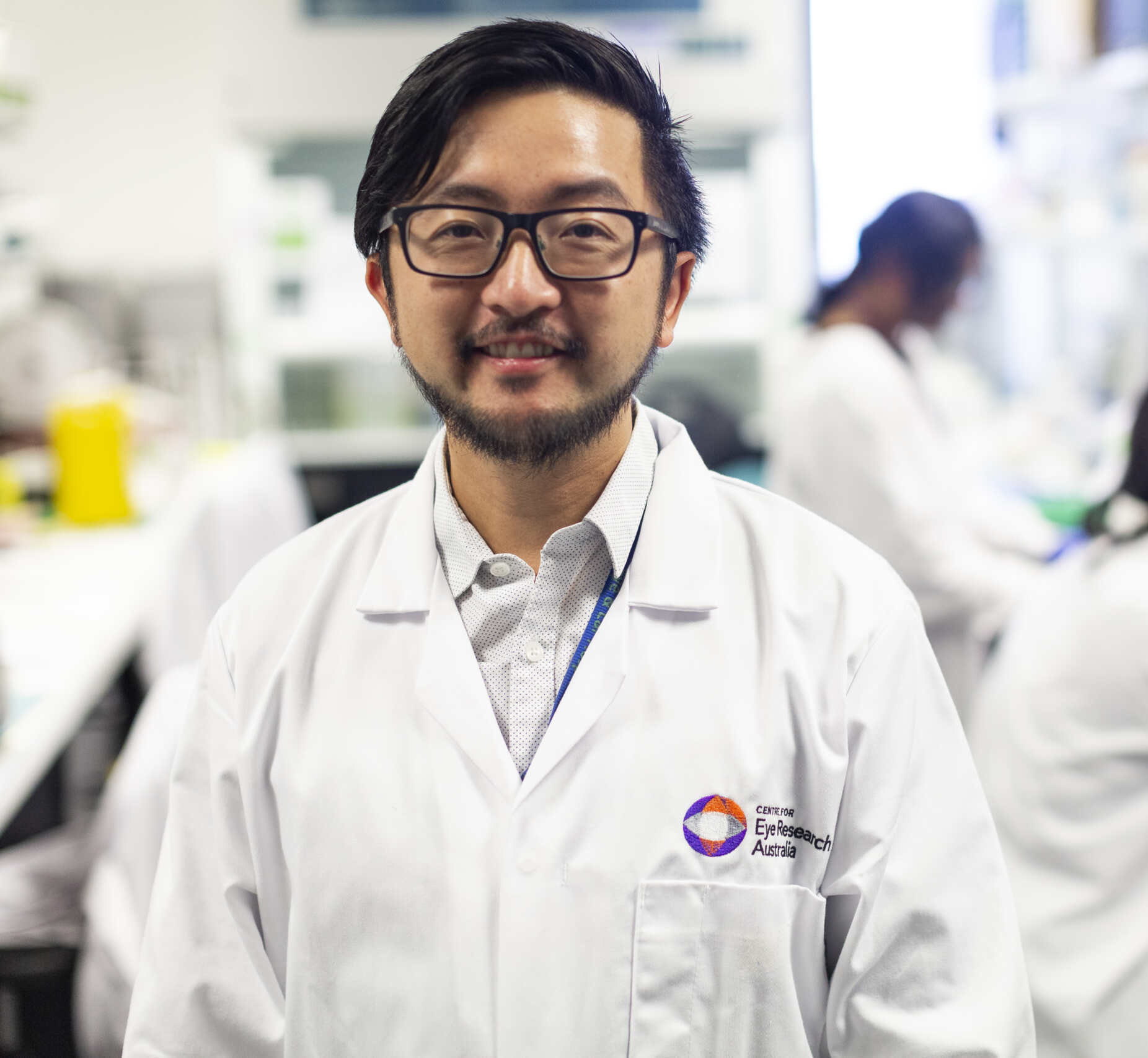Project Aim
There have been considerable advances in our knowledge of the pathogenesis of inherited retinal degenerations over the last five years that have lead to the development of some very promising treatments.
The aim of this project was to summarise our own findings examining new animal models of inherited retinal degeneration, ways to slow photoreceptor death and also novel ways of replacing lost photoreceptors.
Project Results and Impact
- New animal models: Traditional research focused on mutations in rod-associated proteins, but these models have limited relevance to rarer retinal degenerative diseases like Leber Congenital Amaurosis. A novel mouse model, the Histidine decarboxylase null mouse, mimics features of this disease and will help us study these rare forms of retinal degeneration.
- Slowing photoreceptor death: Our research explored whether dying rods release a toxic factor that affects neighbouring photoreceptors. We discovered that ATP, an energy molecule, is released in large amounts and accelerates the death of nearby cells. By testing drugs that block ATP’s action, we slowed photoreceptor death in a mouse model. Pharmaceutical companies are developing ATP-blocking agents, originally intended for pain control, which could potentially be used to treat retinal degeneration.
- Novel ways of replacing lost photoreceptors: Two promising developments for vision restoration are electronic implants and gene therapy. Australian research groups are working on retinal implants that can restore vision, with one group focusing on a wide-field device placed underneath the retina and another on a high visual acuity device targeting output neurons. Clinical trials for the wide view device are expected to begin soon. Additionally, Monash University is developing a brain implant to restore vision in individuals without intact optic nerves or ganglion cells. Gene therapy is another approach, where visual pigments are targeted to inner retinal neurons, making them light-sensitive and capable of performing photoreceptor functions. This technology shows promise for inherited retinal degeneration patients regardless of the specific genetic cause.
In summary, over the last few years our knowledge of inherited retinal degeneration has increased dramatically, to the point where treatments are now being tested in patients, with exciting results.

Chief investigator:
Associate Professor Erica Fletcher
University of Melbourne
Co-investigator/s:
Dr Ursula Greferath, University of Melbourne
Grant awarded:
$23,600 (2010)
Research Impact Reports
Selective Activation of Retinal Bipolar Cells Using Freeform Electrical Stimulation
Project Aim This project explores a new method called freeform...
Development of epigenetic reprogramming technology to treat retinal degeneration
Project Aim This project aims to create a new way...
Characterizing Stargardt Disease Mutations for Splice Intervention Therapeutics
Project Aim The aim of this project was to find...
Virtual Reality Assessment of Functional Vision in achromatopsia
Project Aim This project aimed to develop and validate a virtual reality (VR) mobility task...




